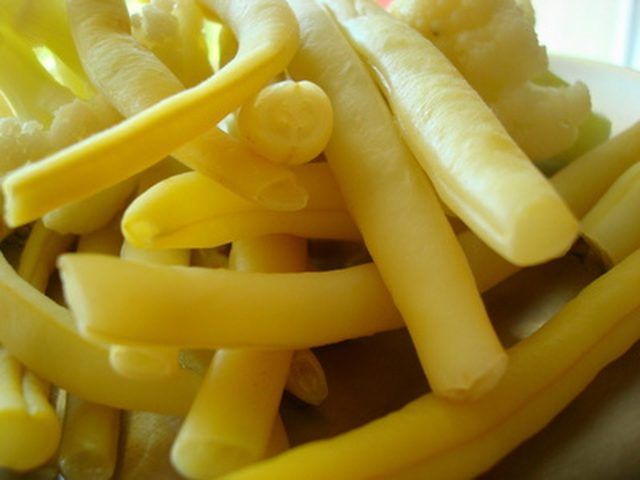Bulbs
Flower Basics
Flower Beds & Specialty Gardens
Flower Garden
Garden Furniture
Garden Gnomes
Garden Seeds
Garden Sheds
Garden Statues
Garden Tools & Supplies
Gardening Basics
Green & Organic
Groundcovers & Vines
Growing Annuals
Growing Basil
Growing Beans
Growing Berries
Growing Blueberries
Growing Cactus
Growing Corn
Growing Cotton
Growing Edibles
Growing Flowers
Growing Garlic
Growing Grapes
Growing Grass
Growing Herbs
Growing Jasmine
Growing Mint
Growing Mushrooms
Orchids
Growing Peanuts
Growing Perennials
Growing Plants
Growing Rosemary
Growing Roses
Growing Strawberries
Growing Sunflowers
Growing Thyme
Growing Tomatoes
Growing Tulips
Growing Vegetables
Herb Basics
Herb Garden
Indoor Growing
Landscaping Basics
Landscaping Patios
Landscaping Plants
Landscaping Shrubs
Landscaping Trees
Landscaping Walks & Pathways
Lawn Basics
Lawn Maintenance
Lawn Mowers
Lawn Ornaments
Lawn Planting
Lawn Tools
Outdoor Growing
Overall Landscape Planning
Pests, Weeds & Problems
Plant Basics
Rock Garden
Rose Garden
Shrubs
Soil
Specialty Gardens
Trees
Vegetable Garden
Yard Maintenance
Background Information on Bean Plants
Background Information on Bean Plants. Bean plants have been cultivated for more than 7,000 years, and were a dietary staple among Native Indian tribes. Today they are a popular crop in the home vegetable garden. They grow easily in mildly warm climates and are versatile: eat them fresh, dried, frozen or canned.

Bean plants have been cultivated for more than 7,000 years, and were a dietary staple among Native Indian tribes. Today they are a popular crop in the home vegetable garden. They grow easily in mildly warm climates and are versatile: eat them fresh, dried, frozen or canned.
History
Common beans, including green beans, navy, lima and kidney beans, originated in South America, probably Guatemala, according to Texas A&M University. Native Americans brought them to North America and Christopher Columbus later introduced them to Europe. They were a favored food of explorers because they stored well when dried and were high in nutrition.
Types
Green beans are eaten fresh with the pod and come in two varieties--pole beans and bush beans. Shelled beans are generally dried and used in soups and stews, although soybeans are also used fresh or ground into powder. Both green beans and shelled types come in hundreds of colors. A small, round lima bean found in the Caribbean produces toxic amounts of cyanide, according to Texas A&M University.
Nutrition
Beans are powerhouses of nutrition. For just 20 cents per 1/2 cup serving, they provide 6 to 7 grams of protein. One serving has 100 to 120 calories and 25 to 30 percent of the USDA Daily Value of fiber, according to the Idaho Bean Commission. They also are high in B vitamins, iron and calcium.